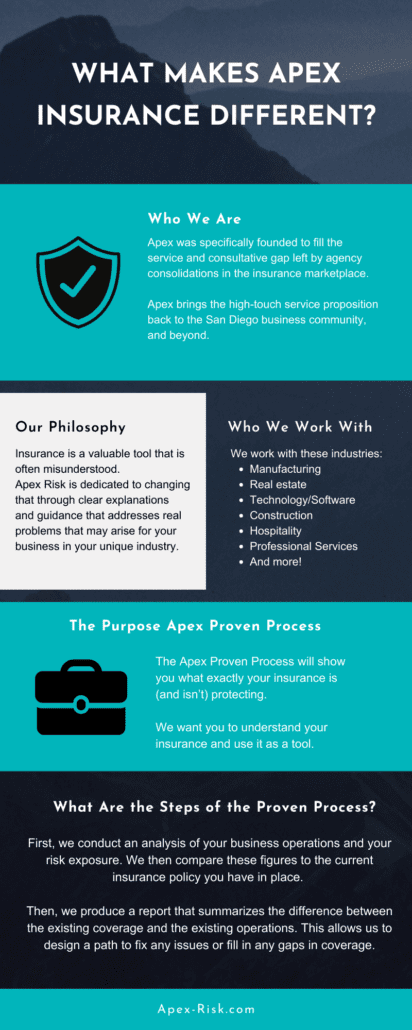Pacific Prime - The Facts
Pacific Prime - The Facts
Blog Article
The Single Strategy To Use For Pacific Prime
Table of ContentsThe Best Strategy To Use For Pacific Prime9 Simple Techniques For Pacific PrimeSome Known Details About Pacific Prime Little Known Facts About Pacific Prime.The Main Principles Of Pacific Prime

This is due to the fact that the data were accumulated for a period of solid financial performance. Of the approximated 42 million people that were without insurance, almost about 420,000 (concerning 1 percent) were under 65 years of age, the age at which most Americans come to be qualified for Medicare; 32 million were adults in between ages 18 and 65, about 19 percent of all adults in this age; and 10 million were youngsters under 18 years of age, regarding 13.9 percent of all youngsters (Mills, 2000).
These price quotes of the number of persons uninsured are created from the yearly March Supplement to the Current Population Survey (CPS), carried out by the Demographics Bureau. Unless or else noted, national quotes of people without medical insurance and percentages of the populace with different sort of protection are based on the CPS, the most widely made use of resource of price quotes of insurance policy protection and uninsurance prices.
The Definitive Guide to Pacific Prime

Still, the CPS is especially valuable due to the fact that it creates annual estimates reasonably promptly, reporting the previous year's insurance policy coverage estimates each September, and due to the fact that it is the basis for a constant set of estimates for even more than twenty years, permitting evaluation of patterns in protection over time. For these factors, in addition to the comprehensive usage of the CPS in various other studies of insurance policy coverage that exist in this record, we depend on CPS price quotes, with restrictions noted.

The price quote of the number of without insurance people increases when a population's insurance policy status is tracked for numerous years. Over a three-year period starting early in 1993, 72 million individuals, 29 percent of the united state populace, lacked protection for a minimum of one month. Within a solitary year (1994 ), 53 million people experienced at the very least a month without insurance coverage (Bennefield, 1998a)
6 out of every ten without insurance grownups are themselves employed. Functioning does enhance the likelihood that one and one's household participants will have insurance policy, it is not an assurance. Also members of family members with two permanent wage earners have virtually a one-in-ten chance of being without insurance (9.1 percent uninsured price) (Hoffman and Pohl, 2000).
Excitement About Pacific Prime
New immigrants represent a substantial proportion of individuals without medical insurance. One evaluation has actually attributed a considerable part of the current development in the dimension of the united state uninsured population to immigrants who showed up in the nation in between 1994 and 1998 (Camarota and Edwards, 2000). Current immigrants (those that came to the United States within the past 4 years) do have a high rate of being uninsured (46 percent), however they and their kids make up simply 6 percent of those without insurance nationally (Holahan et al., 2001).
The relationship between medical insurance and accessibility to care is well developed, as recorded later in this chapter. The partnership in between health and wellness insurance coverage and health outcomes is neither straight neither basic, a substantial medical and health solutions study literature links wellness insurance policy coverage to improved accessibility to care, much better quality, and improved individual and population health standing.
Degrees of analysis for analyzing the effects of uninsurance. This discussion of wellness insurance policy coverage concentrates mainly on the U.S. populace under age 65 because virtually all Americans 65 and older have Medicare or various other public protection. Additionally, it focuses specifically on those without any kind of health and wellness insurance for any type of length of time.
The smart Trick of Pacific Prime That Nobody is Discussing
The troubles encountered by the underinsured remain in some areas comparable to those encountered by the without insurance, although they are usually much less extreme. international health insurance. Uninsurance and underinsurance, however, involve distinctly different policy concerns, and the strategies for resolving them might vary. Throughout this research study and the five reports to follow, the major emphasis is on persons with no health insurance and hence no aid in spending for healthcare past what is readily available with charity and safeguard establishments
Wellness insurance coverage is a powerful factor influencing invoice of care due to the fact that both individuals and physicians reply to the out-of-pocket cost of services - https://peatix.com/user/21635503/view. Health insurance policy, however, is neither essential nor adequate to get to medical solutions. The independent and straight impact of health insurance policy coverage on access to wellness solutions is well established.
Others will get the healthcare they need also without health and wellness insurance, by spending for it out of pocket or seeking it from service providers that provide treatment complimentary or at extremely subsidized prices. For still others, medical insurance alone does not ensure receipt of treatment since of various other nonfinancial barriers, such as a lack of wellness care carriers in their community, minimal access to transportation, illiteracy, or etymological and cultural differences.
Little Known Facts About Pacific Prime.
Formal research study concerning without insurance populations in the United States dates to the late 1920s and early 1930s when the Committee on the Expense of Treatment generated a collection Extra resources of records concerning funding physician office check outs and hospital stays. This concern came to be significant as the varieties of clinically indigent climbed up throughout the Great Clinical depression.
Report this page